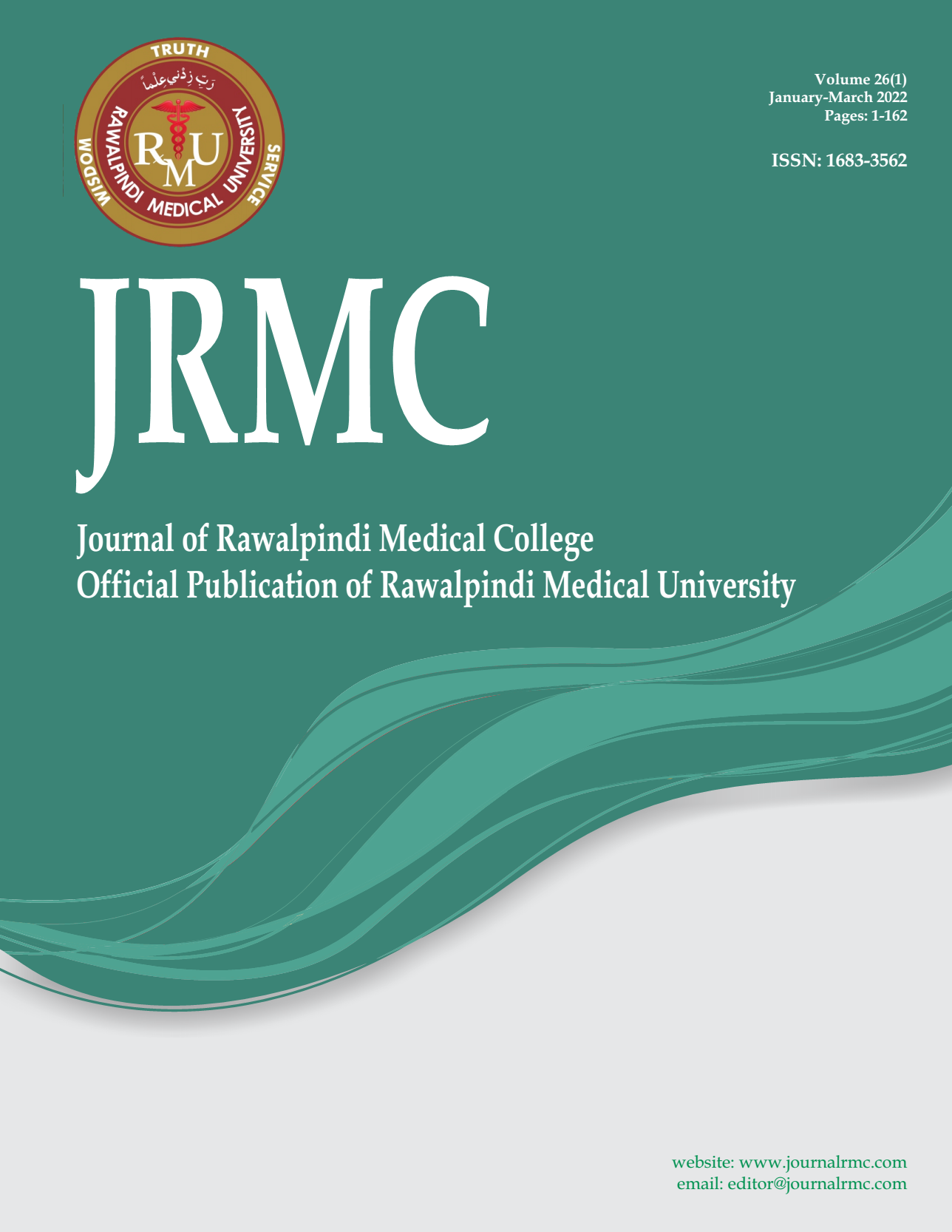Abstract
Objective: Idiopathic talipes equinus varus (TEV) or club foot is a common developmental disorder that affects
about 1 – 2 per 1000 births. The Ponseti method for correction of the deformity has become the gold standard for
club foot management. The objective of this study was to increase awareness of the high rate of success of the
Ponseti technique for the management of club foot.
Materials and Methods: The study was conducted at Isra University, Hyderabad Sindh, from April 2017 to July
2018. It was a retrospective audit. Patients presenting with idiopathic Clubfoot between birth and 12 months of
age of either sex were included. The patients were followed at 6 months, 12 months, and the final follow-up was
done 24 months after the removal of their last cast.
Results: At twenty-four months follow-up, twenty patients (71.4%) showed no recurrence of deformity, one
patient (3.6%) showed recurrence, and this patient too had a history of non-compliance with brace protocol. This
case was also successfully treated with repeat castings. 7 patients (25%) were not available for follow-up at this
point in time. Significantly higher chances of recurrence of deformity were noticed in patients who were noncompliant with the brace.
Conclusion: Ponseti technique is now considered the most efficient way to treat club foot deformity. For public
awareness, our study reassures the families that the clubfoot deformity can easily be corrected with the casting
technique, and correction may remain maintained if the brace-wearing protocol is followed. Furthermore, as this
method is associated with a significant decrease in the number of extensive surgeries for correction of club foot,
this may help tertiary care hospitals to pay attention to other surgical orhopaedic problems that may have crucial
implications, especially in a developing country.
Keywords: Ponseti method, idiopathic club foot.





